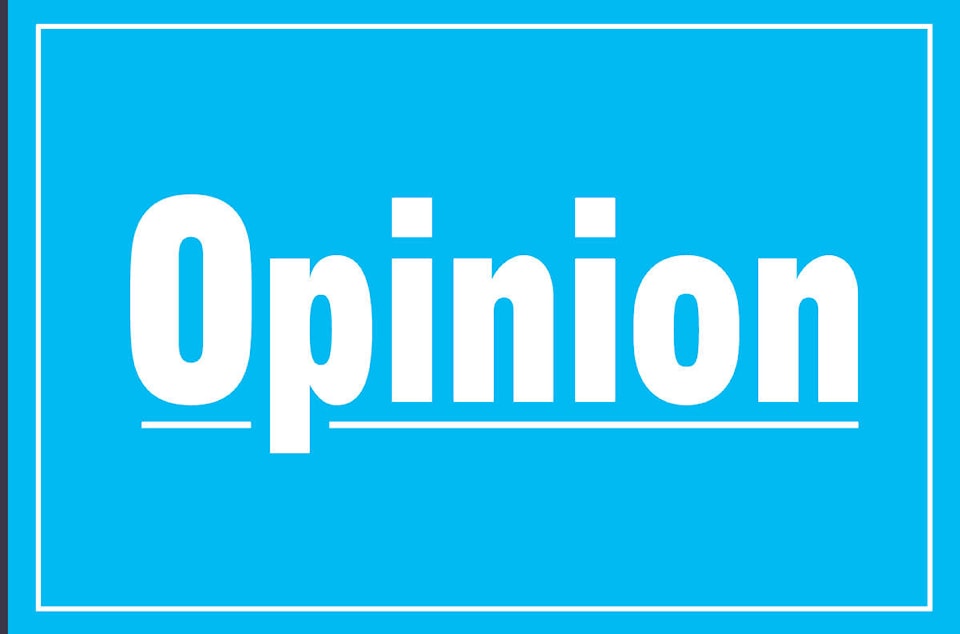Justin Trudeau has been hit by three large-scale communications crises since the beginning of this year: an air crash in Tehran; a global outbreak of coronavirus; and now, a hard-hitting series of Indigenous blockades and protests across the country.
While the prime minister was given generally good marks for the way he handled the first two crises of 2020, the blockades have reignited accusations of rampant communications mismanagement.
Did something stop working between crises two and three? Did the first two crises simply drain the Trudeau government’s emergency-management resources?
Or is Trudeau’s team simply better at handling international emergencies than domestic ones?
What is clear right now is that this is a crisis of a totally different type — in cause and its effect on Trudeau’s government.
A little over a month ago, when the news emerged about dozens of Canadians killed in a Tehran air crash, Trudeau was everywhere: holding near-daily news conferences, flying out to meet families of victims, quietly attending vigils.
Trudeau’s government snapped into action on coronavirus, too, over the past few weeks, with regular media briefings and concerted efforts to help affected Canadians and quarantine the potential spread of the disease.
The Indigenous blockades, however, have not appeared to send the Trudeau government into similar high gear — at least not until the past few days, when senior ministers were dispatched to high-level talks with protesters and the prime minister himself cut short his international travels.
Trudeau was out of the country for the third crisis and that’s been the major flashpoint for criticism — the suggestion that his priorities lay abroad, not at home.
Who needs a seat on the United Nations Security Council (the purpose of his trip) when #shutdownCanada is trending at home?
The prime minister has now grounded himself back in Ottawa to devote himself to full-time efforts at resolution of the blockades and to be present in the Commons.
In the first two crises, the PM’s visible, active involvement was intended to be reassuring, even calming. In this third crisis, the PM’s involvement holds the potential to escalate things, or, in the words of senior officials talking off the record, “inflame the situation.”
There’s another big difference between this crisis and the first two of 2020, though, and it revolves around the distinction between “complicated” and “complex.”
Until recently, I assumed these were synonyms, but they are apparently not.
Complicated and complex problems, the experts say, both involve many moving parts. But in complicated situations, all the parts are moving to one goal.
The post office is complicated; so is a newspaper, but they are both ultimately devoted to sending information from Point A to Point B.
Complex situations are made up of parts that may not necessarily be headed in the same direction, or even have the same end goal. Managing a city is complex; so is building a pipeline in consultation with Indigenous people.
So Trudeau and his government have moved from complicated crises early in this new year to one big, complex one.
Judging by the commentary from both sides of the blockades over this past week, Trudeau’s government is expected to get a national railroad working and resolve historic grievances between Indigenous and non-Indigenous people — all within a few days.
Canada’s first prime minister, John A. MacDonald, only had to worry about one of those things, with a little more time.
Susan Delacourt is a columnist with Torstar Syndication Services.
